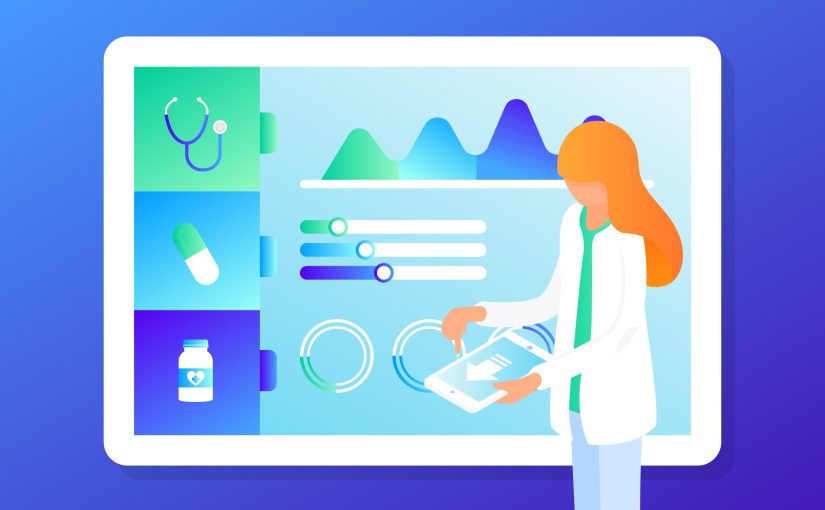Artificial Intelligence (AI) has emerged as a transformative technology, revolutionizing various industries and driving innovation across the business landscape. When combined with SAP’s powerful enterprise solutions, AI opens new possibilities for optimizing business operations, enhancing decision-making, and delivering exceptional customer experiences. In this article, we explore how the convergence of SAP and Artificial Intelligence is transforming business operations, unlocking untapped potential, and propelling organizations towards the future of intelligent enterprise.
- Intelligent Insights and Predictive Analytics:
By integrating AI capabilities into SAP applications, organizations can access intelligent insights and predictive analytics. AI algorithms analyze vast datasets to identify patterns, trends, and correlations that would be challenging for humans to discern. As a result, businesses gain foresight into market trends, customer preferences, and potential risks, enabling data-driven decision-making and strategic planning.
- Enhanced Customer Experience:
SAP’s AI-powered solutions enable organizations to deliver highly personalized and tailored customer experiences. AI-driven chatbots and virtual assistants engage customers in real-time, providing instant support and resolving queries efficiently. By understanding customer behavior and preferences, businesses can offer personalized product recommendations and marketing offers, fostering stronger customer loyalty and satisfaction.
- Process Automation and Efficiency:
AI automates repetitive and rule-based tasks within business processes, reducing manual intervention and streamlining operations. SAP’s AI-driven automation tools can handle tasks like invoice processing, order fulfillment, and inventory management with greater accuracy and speed, leading to improved process efficiency and cost savings.
- Intelligent Supply Chain Management:
The integration of AI with SAP’s supply chain management solutions enhances visibility and responsiveness throughout the supply chain. AI algorithms optimize inventory levels, predict demand fluctuations, and identify potential disruptions, enabling organizations to proactively manage supply chain complexities and deliver products faster and more reliably.
- AI-Infused Finance and Accounting:
SAP’s AI capabilities extend to financial processes, automating tasks like invoice matching, expense management, and financial reporting. AI-powered tools help identify anomalies, detect fraud, and ensure regulatory compliance, reducing errors and manual effort in financial operations.
- Employee Empowerment:
AI within SAP solutions empowers employees with intelligent tools and insights. From AI-driven talent management to employee sentiment analysis, organizations can better understand workforce dynamics, improve employee engagement, and optimize talent retention strategies.
- Continuous Learning and Improvement:
As AI algorithms process data and interact with users, they continuously learn and improve their performance. SAP’s AI solutions evolve over time, becoming more accurate and efficient in delivering insights and recommendations, ensuring organizations stay at the forefront of innovation.
The convergence of SAP and Artificial Intelligence marks a transformative journey towards the intelligent enterprise. By integrating AI into SAP solutions, organizations unlock the potential to optimize business operations, deliver exceptional customer experiences, and make data-driven decisions. From intelligent insights and predictive analytics to process automation and enhanced supply chain management, SAP’s AI capabilities empower organizations to thrive in a rapidly evolving business landscape. Embracing AI-driven innovation, businesses can achieve operational excellence, foster innovation, and position themselves for sustained success in the digital era.





